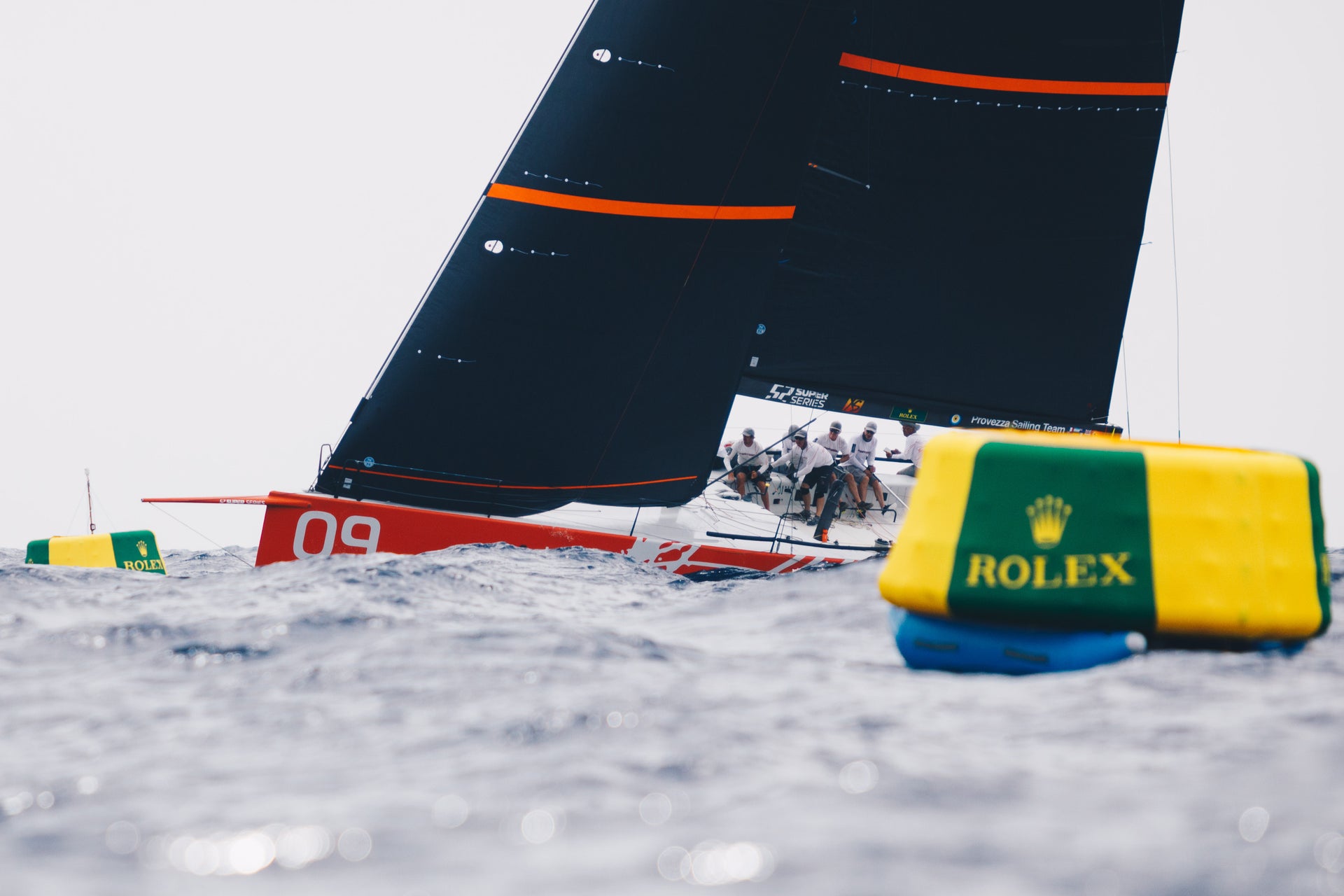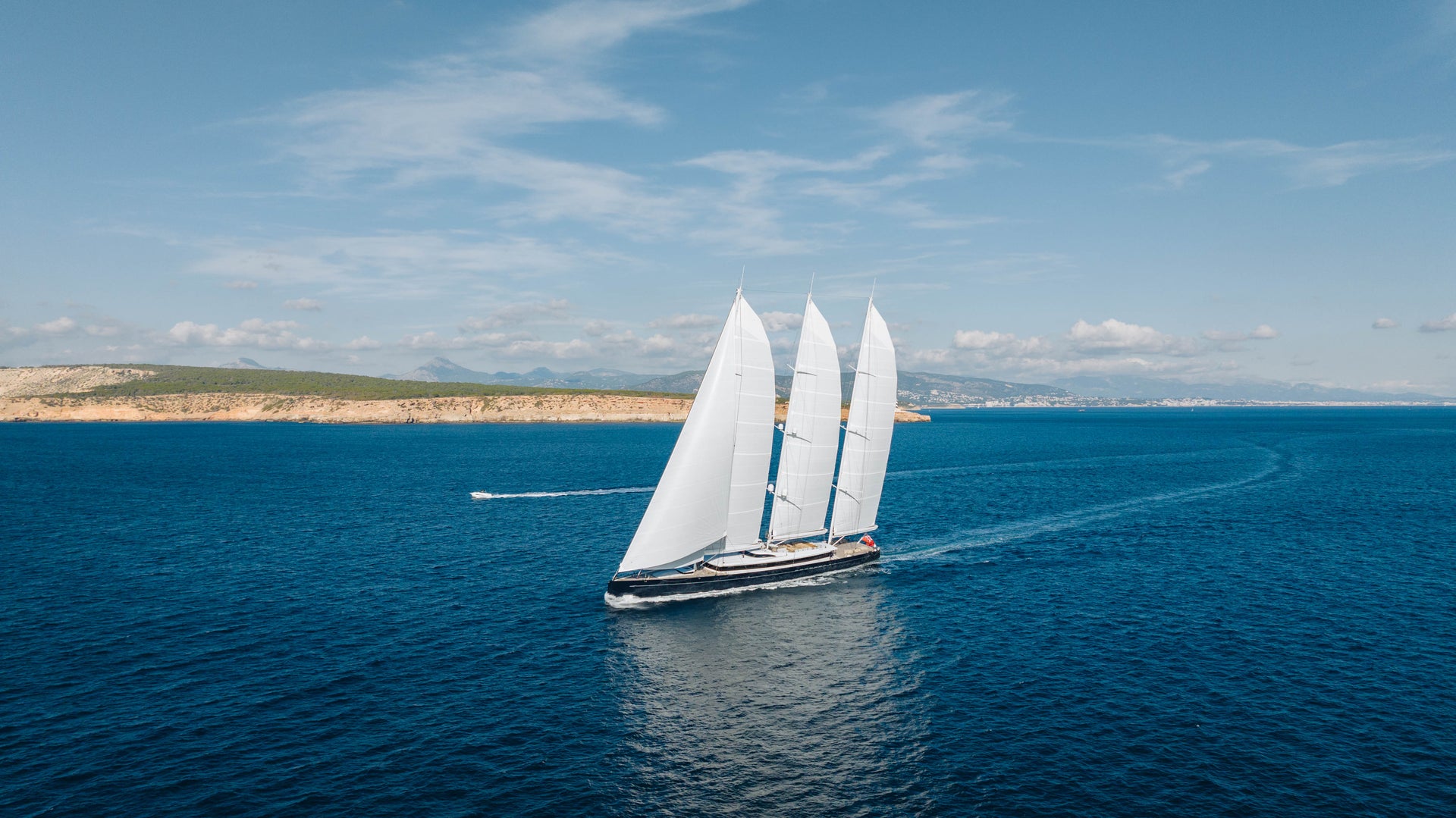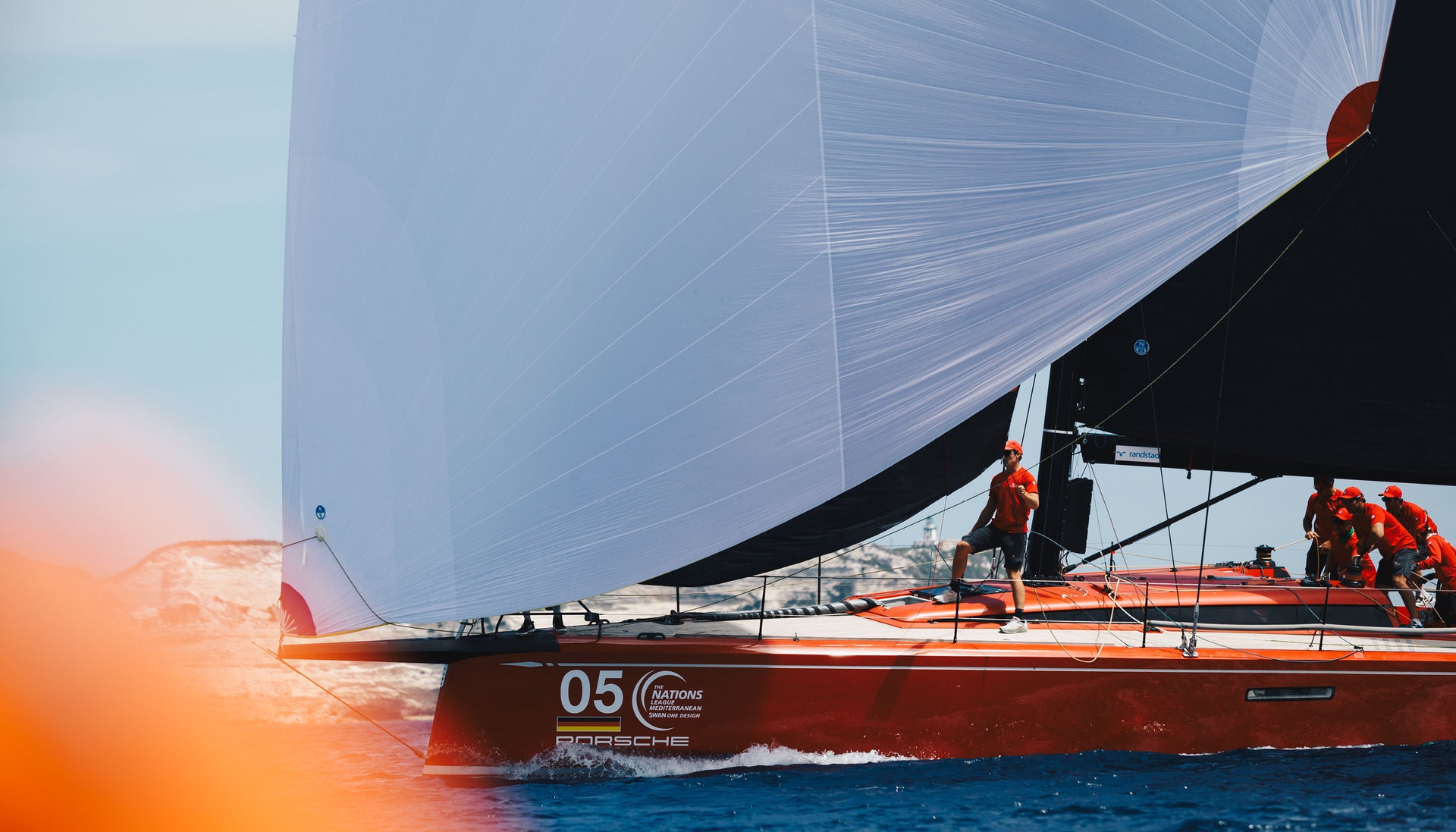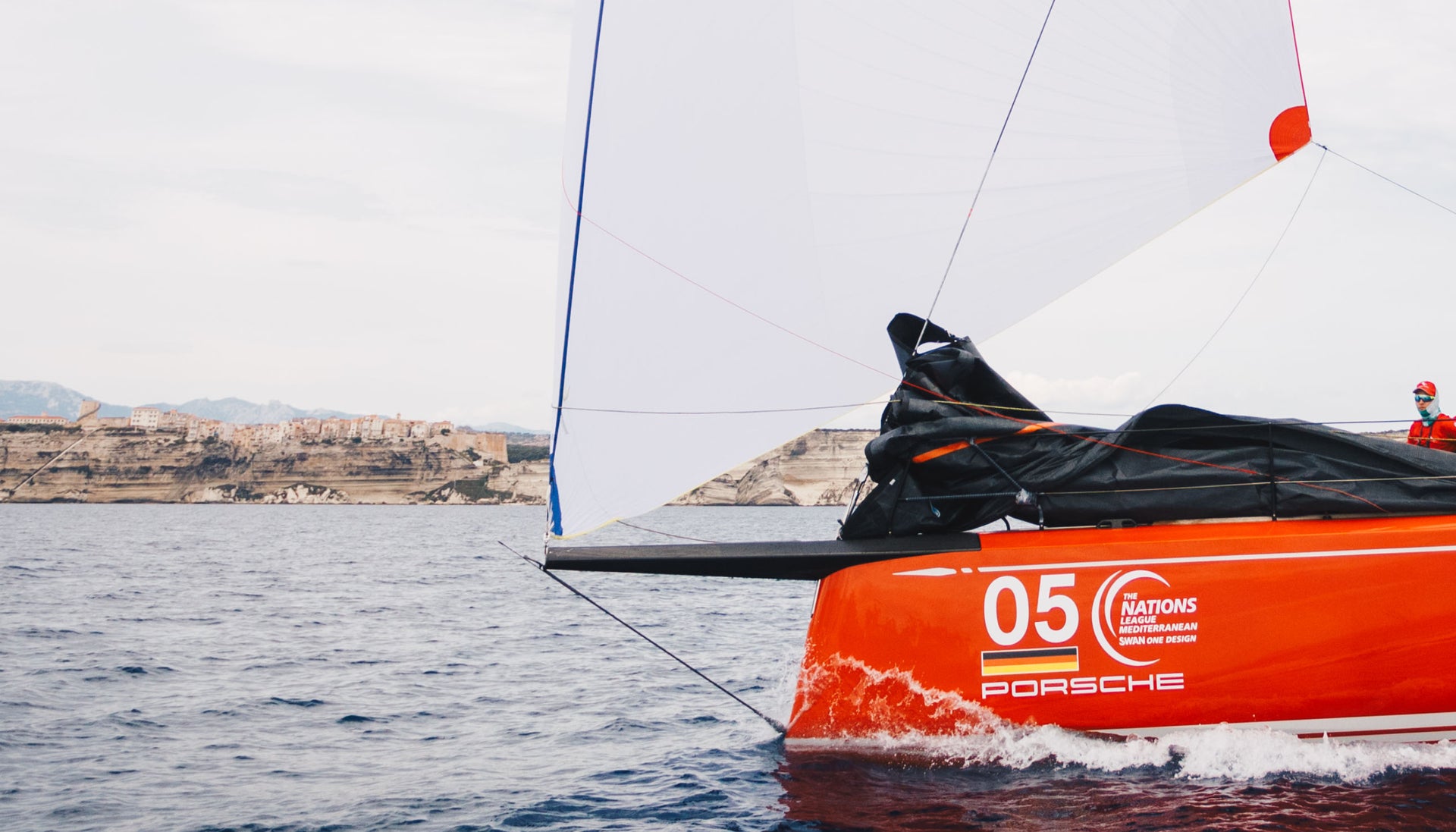EXPLAINING THE WORLD’S MOST ADVANCED SAIL TECHNOLOGY
3Di is reason the best performance no longer comes at the expense of longevity
North 3Di is a sailmaking revolution because it produces sails that are both high-performance and reliable. With 3Di technology, the best performance no longer comes at the expense of longevity.
The technology is ground-breaking because of three components: the use of spread-filament tapes, a sail shape set on a full size 3D mold, and three, — the most significant point of difference—the elimination of Mylar.
Let’s take it from the top. The blueprint for 3Di calls for two elements: 3Di tapes (known technically as spread filament tapes) and environmentally stable thermoset resin. Our sails are made up of: 70% structural material; 30% resin; and zero Mylar.
With 3Di, there is no filler and all the materials go towards supporting the structure. That’s why, pound for pound, 3Di produces a stronger, longer-lasting sail for the same weight. So, if someone tells you that they can make a sail lighter, and it’s not 3Di, that’s only possible by removing material from the structure of the sail.
We’re going to pause for a second to let that sink in…
So, you might still be wondering, how is it possible for North to produce a sail that is both high performance and reliable? Well, that partially comes down to how the spread filament tapes are applied.
A 3Di sail is laid up in layers or in sail design language: plies. Plies vary in thickness to optimize a sail to handle loads and sail strain. The designer will specify a thicker 3Di tape stack for high load areas like the head or the clew, and use a thinner tape stack in the middle of the sail.
In addition to varying thickness, a 3Di sail is also a map of different materials. The sail designer chooses from a library of 3Di tapes to match materials with the specific parts of the sail. For example, the leech on a mainsail behaves differently than the luff and therefore calls for a different material stack.
By optimizing tape materials and orientations, 3Di minimizes distortion under load, and improves performance and longevity.
It’s not just the materials that make 3Di high-performance and reliable, it’s also how it’s made.
First, a North Sails designer determines the layout of a 3Di sail; this includes details like reef points and batten pockets. Think of it as an architect creating a blueprint for your new custom kitchen. A robot then lays down a precise matrix of hi-resolution tapes to create a fully customized structure that provides the most efficient load path for the sails’ anticipated use.

📸 Emirates Team New Zealand
But, wait, there’s more! Each 3Di sail, whether it’s for a one design dinghy or AC75, a Superyacht or coastal cruiser, is assembled on a 3D mold set to the customized shape for each sail. On the mold, heat and vacuum pressure are applied to the sail structure, to “kick and cure” the thermoset resin.
Once cured, the sail’s shape and durability are permanently locked into a rigid airfoil. This signature 3Di manufacturing process eliminates 2D broadseam shaping and also eliminates the risk of delamination, both of which shorten a sail’s performance and life.
We know it’s a lot to take in, but now you understand that just because a sail looks like it’s 3Di doesn’t mean it is one. And we hope this answers the question of what is... North 3Di.























